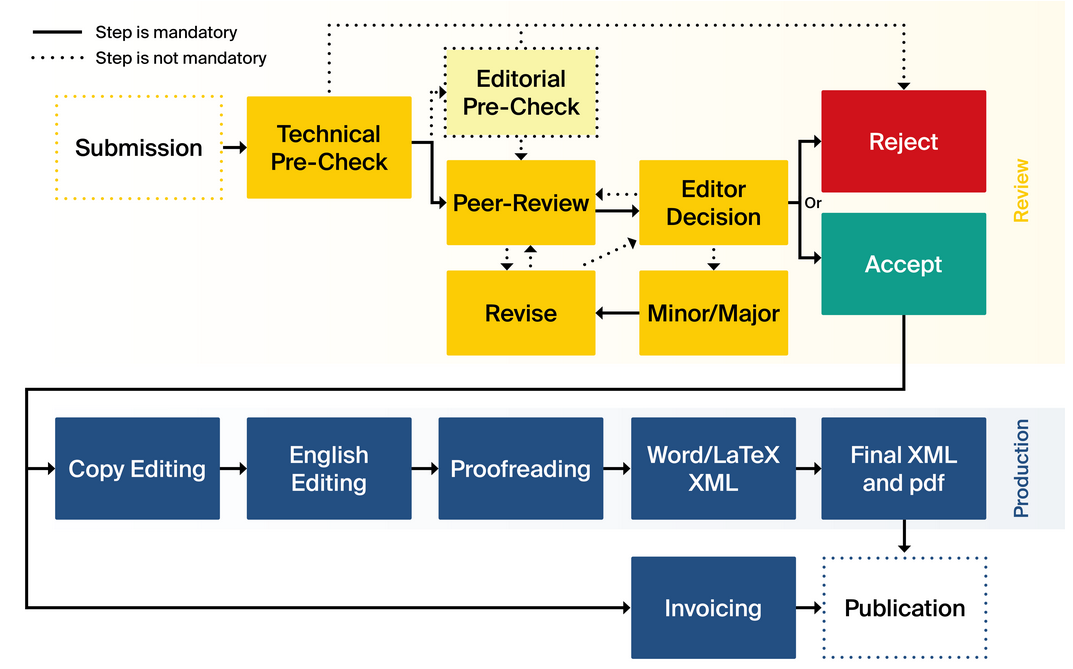Papers submitted to Scientific Open Access Publishing (SOAP) must contain original material. The submitted paper, or any translation of it, must neither be published, nor be submitted for publication elsewhere. Violations of these rules will normally result in an immediate rejection of the submission without further review.
SOAP's journals usually welcome the following types of contributions:
- New articles: These articles must have completely new research that proves to be a major contribution to the field of study. The subject area dealt with in the article should not have been published before. Substantial evidence backing the research work, findings, and methodology should be presented.
- Research articles: These must also contain original research works.
- Case reports: These may contain detailed analyses or examples from specific instances in various fields such as business, education, social sciences, etc.
- Other forms of articles: These can include mini-reviews, commentaries, debates, editorials, hypotheses, software articles, etc.
All manuscripts and any supplementary material should be submitted via SOAP's Paper Submission System or to the respective journal email address.
No article submission charges!
Contact us by our email:
Email: service@soapubs.com







